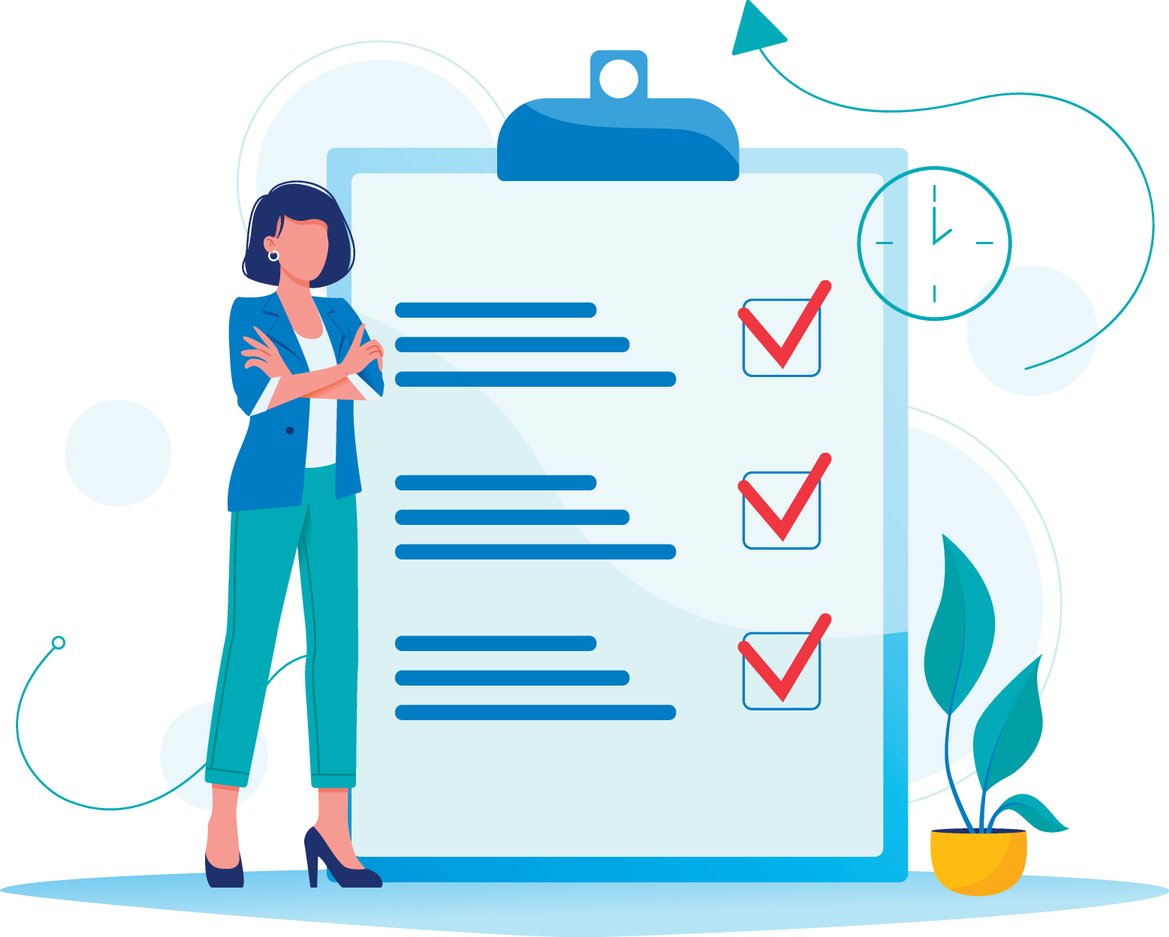Year-End CX Checklist for a Strong Start in 2023
High performing organizations are planning now to be in the best position for a fast start in 2023. Part of that planning includes a year-end check up on channels, goals, programs, skills and capabilities.
Here’s an end-of-year checklist that your organization can use to plan now for a successful 2023:
Channel Mix
Consumer preferences and a brand’s ability to deliver on service promises are changing. As a result, many brands are grappling with the shift to an even more digitally-centric array of servicing options. While often leading to short term costs reduction, indiscriminate shifts to non-assisted and self-service channels can have unintended negative consequences from a revenue perspective when customer experience (CX) does not measure up. Top performers are taking stock of their changing channel mix and will take a deliberate approach to ensuring that non-assisted channels are actually capable of servicing clients with more complex reasons for contacting the company before rolling them out.
Put a plan in place to verify that self-service channels lead to a completion percentage of 80% to ensure high levels of satisfaction and to keep customers from abandoning self-service channels due to a poor experience.
Goals
Top performers break down overall organization goals into actionable metrics that align with key drivers of success. For customer experience, that means understanding the key drivers of customer satisfaction (CSAT) by channel and customer advocacy (NPS). Key CSAT and NPS drivers vary by industry, journey type and channel and are discoverable through Voice of the Customer research.
Don’t make the mistake of setting goals by applying a modest percentage increase or even guessing. Use customer-based data to set the goals for each key driver within a range that is aggressive enough to move the CX needle but not so unrealistic that the goals are not achievable. Benchmarking your performance against cross-industry performers for each key driver is the best approach to understand what good looks like and establish goals that are both challenging and realistic. For companies trying to compete and win based on service, setting customer-based goals by channel will drive a customer-centric culture and align the organization to exceed customer expectations.
Programs
Just like scheduling your regular visit to the dentist or taking your car in for maintenance, CX programs can also benefit from a regular check-up.
Many factors may contribute to an opportunity to enhance the performance of CX programs. Market conditions change, programs may stray from their original charter and new strategies and capabilities emerge over time.
Aspects of CX programs to evaluate and key questions to ask include:
- Survey instruments – e.g. are we using the right scale and asking questions in the best way to provide meaningful insights?
- Coverage plan – e.g. are we covering the right journeys, channels and demographics at the appropriate frequency?
- Closing the loop with your customers – e.g. when we receive feedback from our customers requesting follow-up, do we have a formal process in place to close the loop with our customers to resolve their outstanding inquires/issues in a timely manner?
- Reporting – e.g. are our reports meeting the needs of our business partners and end users?
And finally, make sure the right people are involved in the creation and maintenance of your programs. In the same way that great smiles and high performing cars require expert attention, CX Programs are best evaluated by specialists in the data science aspect of market research.
Skills
Brands are not just products and services. Brands come to life in the form of the people and technology that stand behind those products and services.
Especially important is the human interaction aspect of the customer experience. While technology can be programmed to deliver consistent and predictable outcomes, employees are not machines. Brands must establish hiring criteria, onboarding and training programs, goals and incentives programs, performance measurement mechanisms, and feedback and coaching processes to ensure their customer-facing employees are able to consistently support and build the brand by meeting evolving customer expectations and brand promises.
One evolution our research indicates is that “Courtesy of the Representative” has grown in importance across assisted channels. As a result, we are seeing top performing brands ensuring that front line employees are well trained in the “soft skills” associated with service delivery. Soft skills include utilizing tone and verbiage that tells the customer that the agent values them as a person and values their time. Specific examples include:
- A warm, approachable tone
- A friendly greeting
- Appropriate use of the client’s name
- Active listening and empathetic responses
- Basics like saying “thank you” and “please”
- Checking for understanding and consensus building
Top performers recognize that employees are not born with soft skills. Employees acquire soft skills through training. Reinforcement through coaching helps them to apply them consciously on every call.
The mastery of soft skills is typically inconsistent across most organizations. A good year-end exercise is to conduct a soft skills aptitude diagnostic across the organization through the QA function and then facilitate training to bring all customer-facing employees up to required proficiency.
Capabilities
Just like people, technology also requires regular evaluation. One key piece of technology that drives customer experience is Interactive Voice Response or IVR. The IVR routing experience now accounts for almost half of the entire customer experience with a live phone representative.
For most brands, the IVR is the first experience for a customer that calls for service or support. As a result, a good IVR experience can set up an agent to be well positioned for success. Or, more commonly, a bad IVR experience drags like an anchor and puts the agent in a challenging position of having to recover before being able to meet customer expectations.
Due to the critical role of the IVR, top performing brands conduct a regular assessment of the IVR experience. Since the IVR is often owned by both a technology leader and the CX team, a best practice is to engage an independent expert for the IVR assessment to ensure alignment around strategic goals, performance and a roadmap for improvement.
Time to Take Action
As Colin Powell famously stated, “There are no secrets to success. It is the result of preparation, hard work, and learning from failure.” Taking steps now at the end of the year to evaluate the future channel mix, goals, programs, skills and capabilities of your CX initiatives will ensure that you are in the best position possible for success in 2023.
Need help checking off your list? Contact our Customer Service Advisory experts today >>
And don't forget to join our mailing list to make sure you're getting the latest insights from our team.

Share this
You May Also Like
These Related Stories

Level Up Your Customer Experience

Optimizing Customer Experiences

No Comments Yet
Let us know what you think